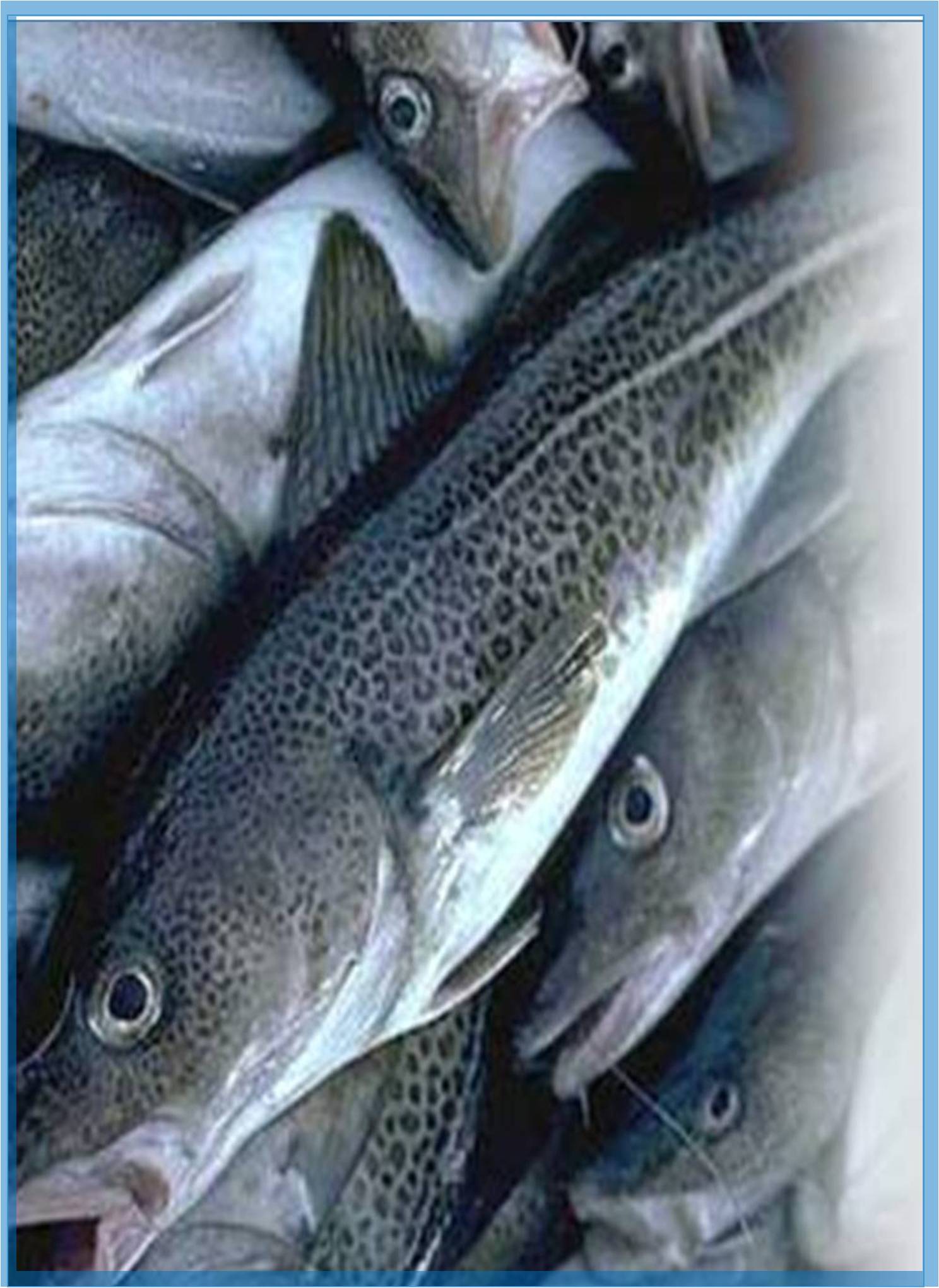



Received: 31-Jan-2022, Manuscript No. GJFA-22-58920; Editor assigned: 02-Feb-2022, Pre QC No. GJFA-22-58920(PQ); Reviewed: 16-Feb-2022, QC No. GJFA-22-58920; Revised: 21-Feb-2022, Manuscript No. GJFA-22-58920(R); Published: 28-Feb-2022, DOI: 10.15651/2408-5464.22.9.077
Pisciculture or Fish farming encompasses commercial breeding of fish, usually for food, in fish tanks or artificial inclusions such as fish ponds. It is a particular type of aquaculture, which is the controlled cultivation and harvesting of aquatic animals such as fish, crustaceans, molluscs and so on, in natural or pseudo-natural environment. A facility that releases juvenile fish into the wild for recreational fishing or to supplement a species' natural numbers is generally referred to as a fish hatchery. Worldwide, the most significant fish species produced in fish farming are carp, catfish, salmon and tilapia.
Global demand is increasing for dietary fish protein, which has ensued in widespread overfishing in wild fisheries, resulting in significant decrease in fish stocks and even complete depletion in some regions. Fish farming permits establishment of artificial fish colonies that are provided with sufficient feeding, protection from natural predators and competitive threats, access to veterinarian service, and easier harvesting when needed, while being separate from and thus do not usually impact the sustainable yields of wild fish populations. While fish farming are accomplished worldwide, China alone provides 62% of the world's farmed fish production. As of 2016, more than 50% of seafood was produced by pisciculture. In the last three decades, pisciculture has been the main driver of the increase in fisheries and pisciculture production, with an average growth of 5.3 percent per year in the period 2000–2018, reaching a record 82.1 million tonnes in 2018. World capture fisheries and pisciculture production by production mode, from FAO's Statistical Yearbook 2021.
Farming carnivorous fish such as salmon, however, does not always diminish pressure on wild fisheries, as such farmed fish are usually fed fishmeal and fish oil extracted from wild forage fish.
The issue of feeds in fish farming has been a controversial one. Many cultured fishes (tilapia, carp, catfish, many others) can be upraised on a strictly herbivore diet. Top-level carnivores (most salmonidae species in particular) on the other hand, hinge on on fish feed, of which a large portion is usually derived from wild- caught fish (anchovies, menhaden, etc.). Vegetable- derived proteins have successfully replaced fish meal in feeds for carnivorous fishes, but vegetable-derived oils have unsuccessfully been incorporated into the diets of carnivores. Research is underway to try to change this, such that even salmon and other carnivores could be effectively fed with vegetable products. Because of parasite problems, some pisciculture operators frequently use strong antibiotic drugs to keep the fish alive, but many fish still die prematurely at rates up to 30%. Additionally, other common drugs used in salmonid fish farms in North America and Europe comprises anesthetic, chemotherapeutic, and anthelmintic agents. In some cases, these drugs have entered the environment.
Additionally, the residual presence of these drugs in human food products has become provocative. Use of antibiotics in food production is thought to increase the prevalence of antibiotic resistance in human diseases. At some facilities, the use of antibiotic drugs in pisciculture has decreased considerably due to vaccinations and other techniques. However, most fish-farming operations still use antibiotics, many of which outflow into the surrounding environment.